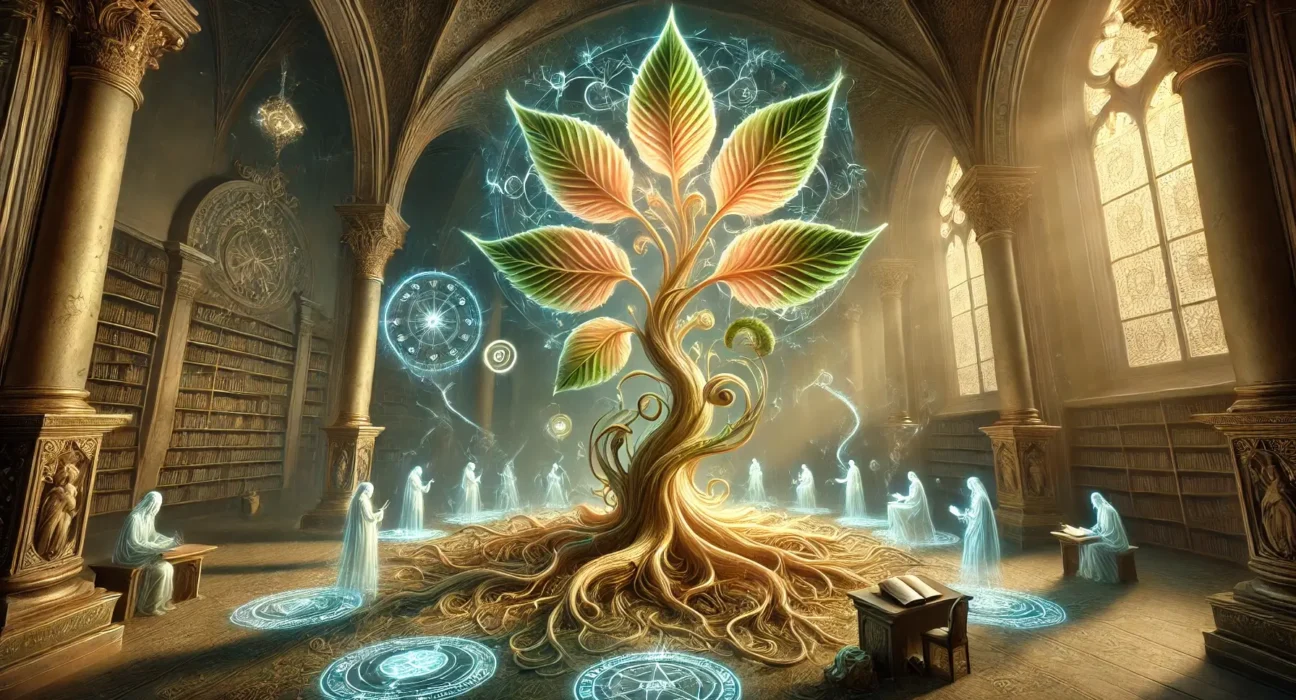Pernithia garnish is a phrase that might not immediately recognize itself to most, yet it contains significant meaning in some areas of study, literature, and theoretical debate. An umbrella term, “pernithia galnith”, covers several subjects, ranging from botanical terminology to mythological allusion, and even the debate rooms of philosophy. Within this article, we shall discuss the different levels of meaning and context behind the term, giving you a complete picture of what “perithecia garnish” actually represents.
Origins and Etymology
The origin of the term “perithecia garnish” is a source of scholarly argument. Some attribute its origins to classical Latin or Greek, from which “perithecia” might have been derived as “perennis” (long-lasting through the years or perennial) and “garnish” possibly developed from an antiquated term indicating a form of a sacred grove or mythical site. Others suggest that the word is completely fictional, invented in a 19th-century speculative fiction work, which later became popular in some scholarly and literary circles.
Whatever its origin, the term has been used in several contexts over the years, each giving it specific nuances and connotations.
Pernithia Galnith in Botany
One of the most tangible applications of the word “perithecia garnish” is in botanical and ecological writings. Some rare plant species—most significantly a subspecies of the enigmatic Galnithium perennial—are informally known as “perithecia garnish” by scientists and enthusiasts. This flower, characterized by its beautifully bright blooms and exceptionally long flowering period, is found in a small biodiverse area of central Asia. Due to its restricted environment and the fragile balance necessary for its development, Lithium perennial is now a symbol of conservation and protection of the environment.
The plant’s peculiar characteristics—its resilience in inhospitable environments and ability to regenerate following hostile weather conditions—have prompted certain botanists to refer to it as “the evergreen miracle.” This nickname reflects the plant’s tenacity and the mystery surrounding its cultivation and discovery. For many conservationists, it symbolizes hope and resilience and has thus become the focus of both poetic and scientific interest.
More to Read: Mygreenbucks Kenneth Jones
Mythological Connections
Aside from its botanical meaning, “perithecia garnish” also has a mythological connotation. In some ancient myth cycles—most notably those from pre-Classical Mediterranean cultures—there are mentions of a divine grove called “Pernithia.” These groves were usually described as sites of great beauty and peace, protected by divine creatures or spirits. They were also used as locations for ritual cleansing, spiritual contemplation, and communication with the gods. With time, the identification of “Pernithia” with an idyllic orchard came to represent a space of quintessential peace and concord.
“Galnith,” however, is said by certain mythographers to denote a heavenly path or mythic river bridging the world plane with the realm of divinity. “Pernithia garnish” as a composite word might have originally been a poeticized name for a boundary sacred to the worlds—a nexus of the worldly and the divine, the mortal and the eternal.
These mythic overtones still exist in contemporary literature and philosophy, where the term is sporadically evoked as a metaphor for humanity’s aspiration, striving for transcendence, or eternal search for a flawless union between nature and spirit.
Pernithia Galnith in Literature and Philosophy
Through the late 19th and early 20th centuries, “perithecia garnish” was used in speculative fiction and philosophical tracts. Certain early fantasy authors, drawing on the myths and folklore of ancient times, took up the word to denote utopian states or otherworldly realms where the natural and supernatural exist together in harmony. In the work of the little-known but influential author Elspeth Margrave, for example, “perithecia garnish” is the title of a secret refuge where exhausted travellers may rest, recover, and gain wisdom from supernatural sages. This literary application made the term popular among a specialized readership and further solidified its status as a metaphor for eternal beauty and spiritual wisdom.
In philosophical discussions, especially in ecological and environmental philosophy, “perithecia garnish” has been used as an abbreviation for the ideal symbiosis between human beings and nature. It summarizes that there is a “golden mean” of coexistence, in which human endeavour neither harms the environment nor halts technological advancement. Some philosophers posit that the development of “perithecia garnish” mirrors the pursuit of eudaimonia—the good life—under the conditions of the world’s ecosystem.
The Cultural and Artistic Influence
The idea of “perithecia garnish” has influenced many different types of artistic work. Visual artists, composers, and poets have each borrowed this word’s imagery and themes. In art, “perithecia garnish” is portrayed as an ethereal landscape teeming with radiant plants, peaceful water bodies, and heavenly light. In song, composers have composed heavenly symphonies and choral music that capture this fabled place’s peaceful and reverent mood. In poetry, the term is often employed as a metaphor for love, peace, and renewal of life forever.
The word’s use in artistic circles has also helped to create its mystique. It’s not unusual to see contemporary fantasy books, computer games, and even role-playing game worlds that use “perithecia garnish” as a title for a mythical place, a legendary object, or a condition of divine favour. This common usage continues to solidify the cultural image of “perithecia garnish” as something lasting, lovely, and deeply significant.
Latest Blog: hcooch ch2 h2o
Modern Relevance and Interpretation
Today, “perithecia garnish” is still a word that evokes wonder and contemplation. To some, it is an ecological ideal—a dream to save and protect the planet’s most fragile ecosystems. To others, it is a literary or artistic metaphor for balance and harmony, a reminder of the abiding human quest to discover a haven where nature and spirit coexist in harmony.
Scholars and intellectuals continue to argue about its origins and meaning. Still, its strongest point may be how it makes one imagine a world where beauty, strength, and interdependence are not concepts but realities. As either a horticultural oddity, a legendary forest, or an ideal of philosophers, “perithecia garnish” invites us to envision a world where beauty, durability, and interdependence are not ideas but experiences.
Conclusion:
As our understanding of the natural world deepens and our appreciation for sustainable living grows, “perithecia garnish” may embody a new kind of inspiration—a call to action for preserving the planet’s fragile wonders while nurturing the human spirit. In this way, the phrase resonates, inviting each generation to explore its rich tapestry of meanings and draw new insights from its enduring mystique.






